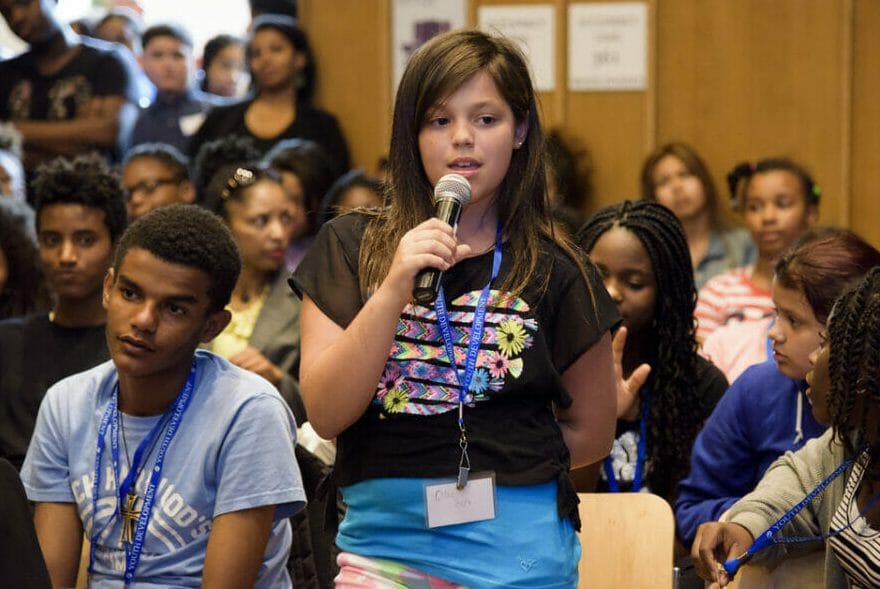
Understanding the difference between the three is essential to passing the relationship test. Here is my version of the difference.
Empathy
Empathy is when you notice and understand the other persons’ situation, experience, perspective or feelings. It does not mean you share their feelings, agree with them or have been asked to share your judgment, thoughts or ideas. It definitely does not mean you need to solve their problem.
The best way to proceed is to say, “I can see that you are very disappointed and upset”, or just be a sounding board and repeat back to them what they said, “So you are sad because he was rude to you. I can understand why”. Often times, people only want empathy. Someone to talk to that will understand their perspective and feelings. Empathy is a way to give support with your presence.
Sympathy
Sympathy is a step forward in the relationship. It is not simply understanding the other persons’ perspective or feelings but feeling the same feeling yourself. It is completely adopting the other person’s reaction to the problem. A person who is showing sympathy mirrors the other person’s perspective and feelings, as in, “Puts himself in the other person’s shoes” (note: sympathy greeting cards are in fact empathy cards, because we do not feel exactly the same as the person experiencing the pain. We can imagine how he or she feels, but in a different way).
The challenge with sympathy is that it limits your ability to help and support the other person. If your friend/sibling/partner/child feels helpless, there is no point in feeling helpless at the same time, right?
Parents and their children struggle greatly with the sympathy test. This is because parents whose children are insulted feel the insult themselves. Likewise, children who watch their parents fight, take the hard feelings on themselves and carry it around with them. In coaching, for example, the coach must avoid sympathy in order to help the client overcome and manage the overwhelming emotion. This is a skill that was challenging for me at the beginning of my special education career. But as they say, “Practice makes perfect”. Sympathy is a way to help another person by being in total agreement with their perspective and feelings.
Compassion

Sometimes, the offer to help is enough to pass the relationship test. Bear in mind that compassion does not mean doing for others what they cannot do themselves, or making them do what you think they should have done (which is judgment). It is more offering a helping hand to do something that goes in line with what they want to achieve.
Conflicts, pain and suffering
Many things can go wrong in a relationship because the mechanism of support is not a very efficient one and each test comes at a different level.
The simplest test is when one person is experiencing pain (that is outside the relationship) and he/she shares it with you. For example, something unpleasant happens to me at work and I come home and share it with my family during dinnertime. I talk about my colleague or a service person who was rude. It has nothing to do them and passes no judgment on my family.

The third level test is when both people are experiencing a common pain. For example, both Gal and I lost a child, so we are both in pain. We have a common pain so each of us lacks the emotional capacity to help the other. In such situations, a third person is a must in order to help. There is an added risk of experiencing the pain of not being able to support someone you love.
The forth level test is when one person is experiencing pain that is the “fault” of the listener/other person. For example, I am angry and upset with my child and I expect them to give me empathy, sympathy and compassion to deal with my pain. This request leaves no place for empathy, because the other person cannot understand your point of view (that they were wrong). It leaves no place for sympathy, because they cannot feel angry at themselves in the same way you do (if they did they would probably feel guilty, and guilt is an obstacle in relationships).
The only way to help you is to ask, “How can I help you think differently about me?” which puts them in a defensive mode, guaranteeing failure in the relationship test. Only the person experiencing the pain can avoid this conflict, by not expecting the other person (the person “at fault”) to attend to their feelings.
If you need support in such a conflict, do not expect it from the person who caused you the pain. Seek the help of a third person, preferably someone who does not know the person who has caused you pain and will not take sides (such as a life coach or relationship counselor). This test should be avoided at all costs. If you cannot avoid blaming the other person for your feelings and expecting their support, the relationship gets a “fail”.
Join me next time for an example of a level-1 test in a relationship.
Until next time, be happy,
Ronit
This post is part of the series Compassionate Relationship:
- Compassionate Relationship: The Relationship Tests
- Compassionate Relationship: Empathy, Sympathy and Compassion
- Compassionate Relationship: Hidden Apathy
- Compassionate Relationship: Failed Sympathy
No posts found








